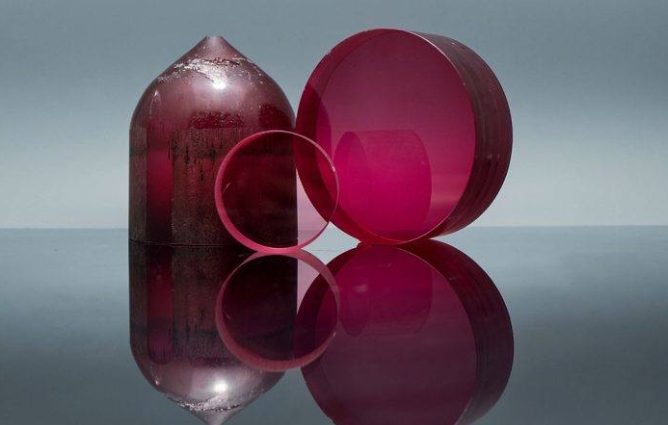I’m thrilled to share how Laser Ablation Technology transforms creating razor-sharp, high-contrast markings. These markings work flawlessly under any lighting—broad daylight or deep darkness.
I’ve spent decades in coding & manufacturing. I’ve seen lasers’ power for precision paint stripping and control marking firsthand. Today, I’ll walk you through materials, challenges, solutions behind this game-changing approach.
When you glance at an control panel—be it on a car dashboard, an aircraft cockpit, or a consumer appliance—you expect symbols and buttons to leap out instantly. That clarity is crucial:
Daytime Visibility: Sharp black-on-white or white-on-black contrasts give crisp legibility under bright lighting.
Nighttime Illumination: Precisely ablated paint layers reveal contrasting light & dark surfaces. These let backlit buttons glow and stay unmistakable in dark.
By selectively stripping away specific coatings, laser markers produce these bold, enduring contrasts without the inconsistencies of manual painting or etching.
In an typical day-and-night design process, we start with an transparent or translucent substrate—most often an high-grade plastic, though glass and specialty polymers work too. Here’s our workflow:
Multi-Layer Coating: Apply one or more colored paint or lacquer layers.
Laser Ablation: Use an high-performance laser marker. We program precise areas to remove. Tune the laser’s beam intensity and focus to vaporize just coating layers—never the substrate.
Symbol Formation: As each layer gets stripped away, underlying colors (or the clear base) create desired high-contrast symbols and legends.
Backlighting (Optional): For illuminated controls, the translucent material lets internal LEDs shine through. This makes markings glow brilliantly at night.
This method is inherently non-contact, cutting tool wear and mechanical stress. It ensures repeatable precision down to a few microns.
Over years, I’ve faced two major hurdles:
Zero-Defect Production: In sectors like automotive and aerospace, even one flawed mark can cause costly recalls.
Efficient Throughput: Manufacturers want lightning-fast cycle times with minimal maintenance downtime.
Balancing peak quality with maximum productivity means pushing lasers to run at the sweet spot of power, speed, and accuracy.

Every paint system—whether solvent-based or water-based—has its own absorption characteristics and thickness profiles. Here’s how I dial in perfect settings:
Wavelength Selection: Choose an laser wavelength strongly absorbed by paint but weakly by substrate.
Pulse Duration & Frequency: Short pulses at high repetition rates let layer-by-layer removal happen without thermal damage.
Power Density & Scanning Speed: Calibrate to remove coatings cleanly, even when densities vary across colors or batches.
I rely on an feedback loop of test samples and surface-analysis measurements. This validates that coating comes off cleanly, leaving base surface pristine.
To take precision even further, modern laser marking heads integrate an Smart Mark Positioning Camera:
Pre-Mark Inspection: The system scans and aligns itself to each part. It compensates for any misplacements on production line.
In-Process Monitoring: Real-time vision checks confirm that laser follows intended path.
Post-Mark Verification: A final image capture ensures every symbol meets contrast and location specs before part proceeds.
This closed-loop vision integration slashes scrap rates by catching anomalies right away, not after the fact.
Implementing Laser Ablation Technology has yielded impressive results across industries:
Automotive Interiors: Durable, scratch-resistant icons on steering wheels, dashboards, and infotainment systems.
Aerospace Panels: Legible flight-deck controls that withstand extreme temperatures and UV exposure.
Consumer Electronics: Seamless touch-panel markings that marry elegance with ergonomic clarity.
In every case, manufacturers enjoy lower operating costs thanks to laser’s long service life and minimal consumables. Plus, they get higher uptime compared to mechanical engraving or multi-step printing.
Laser Ablation Technology isn’t just another manufacturing gimmick—it’s a mature, robust solution. It creates high-contrast, day-and-night markings that endure toughest environments. By combining precise laser parameters with smart vision-assisted positioning, I’ve helped clients achieve zero-defect production, lightning-fast throughput, and striking, durable controls. These captivate users around the clock.
Whether you’re designing next luxury automobile interior or an advanced medical device interface, I invite you to explore how Laser Ablation can elevate your markings. Feel free to reach out on CodingMachine.net—let’s make your controls shine, day and night!
Contact: Jason
Phone: +8613337332946
E-mail: [email protected]
Add: Hangzhou City, Zhejiang Province, China